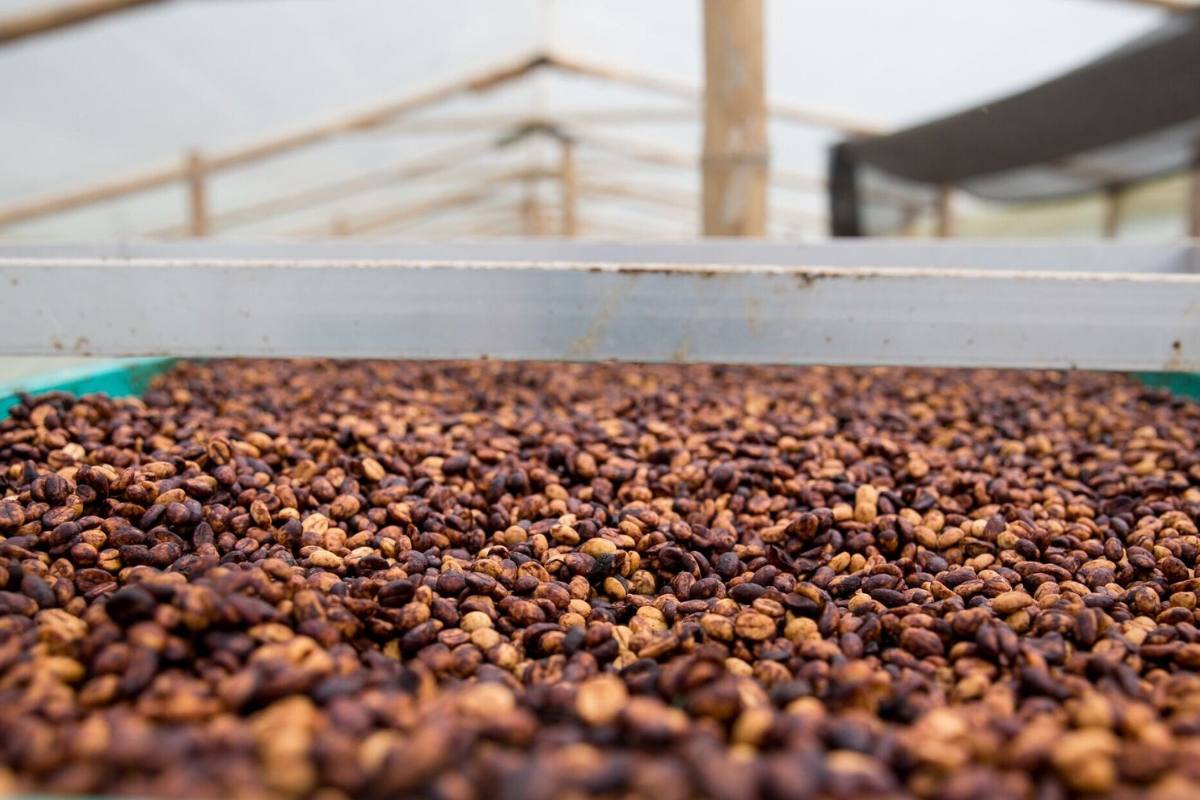When it comes to coffee, the flavor in your cup is influenced by much more than just the roast or brewing method. One of the most significant factors is how the coffee cherries are processed after they are harvested. This crucial step determines much of the coffee’s flavor, body, and aroma.
What Is Coffee Processing?
Coffee processing is the method used to remove the fruit (coffee cherry) surrounding the bean before drying and roasting. Different methods influence the final flavor — from clean and bright to heavy and fruity.
The Three Main Coffee Processing Methods
1. Washed (Wet Process)
How It Works:
After harvesting, cherries are pulped to remove the skin and most of the fruit. Beans are then fermented in water tanks to remove the remaining mucilage. After fermentation, beans are washed thoroughly and dried in the sun or mechanical dryers.
Flavor Profile:
Clean, bright, crisp acidity. Clear expression of terroir and varietal. Common in Ethiopia, Colombia, Kenya, and Central America.
Advantages:
- Highlights clarity, acidity, and complexity.
- Less risk of defects when properly managed.
2. Natural (Dry Process)
How It Works:
The oldest processing method. Whole cherries are dried with the fruit still attached to the bean. After drying, the husk, skin, and fruit are mechanically removed.
Flavor Profile:
Fruity, sweet, heavier-bodied, wine-like acidity. Notes of berries, tropical fruits, and chocolate are common. Popular in Ethiopia, Brazil, Yemen.
Advantages:
- Rich, fruity flavors with pronounced sweetness.
- Eco-friendly: requires less water.
Challenges:
- Risk of ferment or mold if not dried properly.
- More unpredictable flavors if poorly managed.
3. Honey (Semi-Washed or Pulped Natural)
How It Works:
Cherries are pulped like the washed method, but the sticky mucilage is left on the beans. Beans are then dried with this sticky layer, without fermentation tanks or full washing.
Flavor Profile:
A balance between washed and natural. Sweet, smooth body, mild acidity. Hints of honey, caramel, and fruit. Common in Costa Rica, Brazil, and El Salvador.
Different Honey Types (Based on Mucilage Percentage):
- Yellow Honey: Least mucilage, cleaner cup.
- Red Honey: More mucilage, richer body, and sweetness.
- Black Honey: Most mucilage, intense sweetness, heavier body.
How Processing Impacts Flavor
| Method | Flavor Notes | Body | Acidity |
|---|---|---|---|
| Washed | Citrus, floral, tea | Light to medium | Bright, crisp |
| Natural | Berry, tropical, chocolate | Medium to heavy | Wine-like, soft |
| Honey | Caramel, sweet fruit, honey | Medium | Balanced, smooth |
Beyond the Basics: Experimental Processing
In addition to the three main methods, many producers are experimenting with innovative processes like anaerobic fermentation, carbonic maceration, and other hybrid techniques. These methods create incredibly complex flavor profiles, introducing unexpected notes of spices, liquor, yogurt, or balsamic-like acidity. While often found in micro-lots and competition-level coffees, these experimental processes are increasingly reaching specialty coffee shops around the world.
Moreover, factors like drying time, ambient humidity, and temperature during processing significantly impact flavor development. Understanding coffee processing isn’t just an interesting fact — it’s a valuable tool to help you choose coffees that perfectly align with your flavor preferences.
Why Coffee Processing Matters to You
If you love clean, crisp, bright coffees, choose washed.
If you prefer fruity, bold, sweet cups, go for natural.
If you enjoy something balanced with both sweetness and clarity, try honey-processed coffees.
Coffee Roasters and Processing Transparency
Many specialty roasters highlight the processing method on their labels because it dramatically influences the taste experience. Understanding these methods helps you select coffees that match your flavor preferences.
The Hidden Magic Behind Flavor
Coffee processing is an essential but often overlooked step in the coffee journey. Whether you enjoy the vibrant clarity of washed coffees, the juicy fruitiness of naturals, or the smooth sweetness of honey processes, knowing how your coffee was processed adds a new level of appreciation to every sip.
